What is a coral
Coral reefs create a home for fish and many other species of animals. While diving in Egypt in the Red Sea we can find coral reefs of various sizes and shapes. Some stretch along the coast, others surround islands or independently "grow from the seabed". Here we can find reefs many kilometers long, but also small coral pinacles. When diving in Egypt around Hurghada, we can observe various types of colorful corals - soft and fan corals, hard branch corals or brain corals and many others.
Corals belong to the phylum Cnidaria classified mostly in the subphylum Anthozoa. They are marine invertebrates - genetically identical coral polyps living in colonies. Polyps are tiny organisms related to sea anemones and jellyfish. In the Red Sea, we can find an abundance of coral species. In principle, we can distinguish between hard corals (Scleractinia e.g. table or brain corals) and soft corals (Alcyonacea). Hard corals secrete calcium carbonate and thus create a protective skeleton that forms coral reefs. Whereas soft corals do not excrete calcium carbonate to such an extent and only have a hardened skeleton with a spiny or granular texture that deters predators. However, they are an integral part of the coral reef ecosystem.
Please do not touch these fragile animals and move around the coral reef carefully and with neutral buoyancy. We recommend the PADI Peak Performance Buoyancy course. We also advise you not to use sunscreens that are not safe for corals.
How a coral reef is formed
Corals can be unisexual with separate male and female colonies, but there are species that are hermaphroditic (some species of hard coral). Coral reefs begin to form when the parent coral releases larvae or gametes (eggs and sperm) into the water, fertilization occurs. Then the larvae get trapped on the sea floor and develop into a new coral. Reef-building hard corals need a firm, relatively shallow bottom. Their coral polypsthey form hard calcium shells. They form colonies that grow over hundreds to thousands of years, join other colonies and thus the coral reef grows. They are layered on top of each other and can even form an island. Some of the coral reefs started to form already 50 million years ago. In order for a coral reef to thrive, the presence of animal species that help regulate the amount of macroalgae (multicellular algae growing on the outside of corals), such as sea urchins and herbivorous fish, is essential...
Corals are found mainly in the shallow waters of tropical seas. Many corals obtain most of their nutrients thanks to sunlight through photosynthesis (some species even more than 90%). They host within their tissues a single-cell photosynthesizing alga zooxanthellae, thanks to which they also get their coloring. However, corals also receive food by sticking out tentacles, often stinging, and using them to catch zooplankton, sometimes even tiny fish. Soft corals, which may not always host zooxanthellae, thrive in nutrient-rich waters often with a stronger currents with lower light intensity.
Threats to coral reefs
People think that the coral reefs are damaged mainly because of tourism and diving business. But it is not the thing. There is often talk about the decline of coral reefs as a result of climate change, i.e. mainly changes in water temperature. What happens is that the corals begin to expel the symbiotic zooxanthellae or the algae die. As a result, they lose their color, turn white and they die. The reason can also be, for example, pollution or coral diseases caused by bacteria, fungi and probably also viruses. The presence of these microbes may not immediately cause illness. It's similar to people. If the coral is healthy, the disease will not show immediately. External factors that weaken the coral, such as changes in water temperature, UV radiation or pollution, can facilitate the onset of disease. Corals also generally do not tolerate murky water, sediment can clog the openings of the coral through which the polyps extend their tentacles or serve as mouths. The loss of corals can also be caused by their attack by a starfish called the Crown of Thorns or by stormy weather when the waves can wash away the coral growing on top of the reef. Egypt has also joined the Bleach Watch international project, which is dedicated to monitoring these changes and enabling their study. They are also trying to raise awareness among dive operators and guides about the reefs they regularly visit.


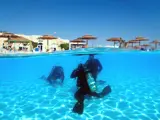

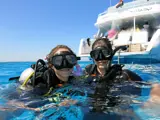


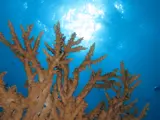
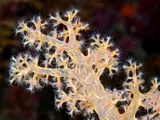

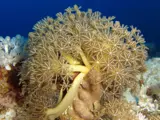

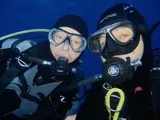
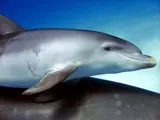
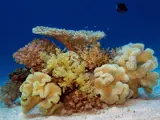
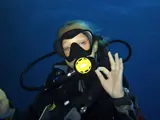

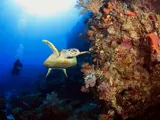
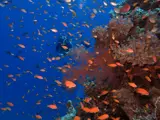

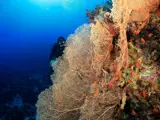
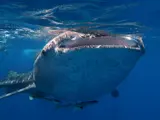
About the author
Pavla